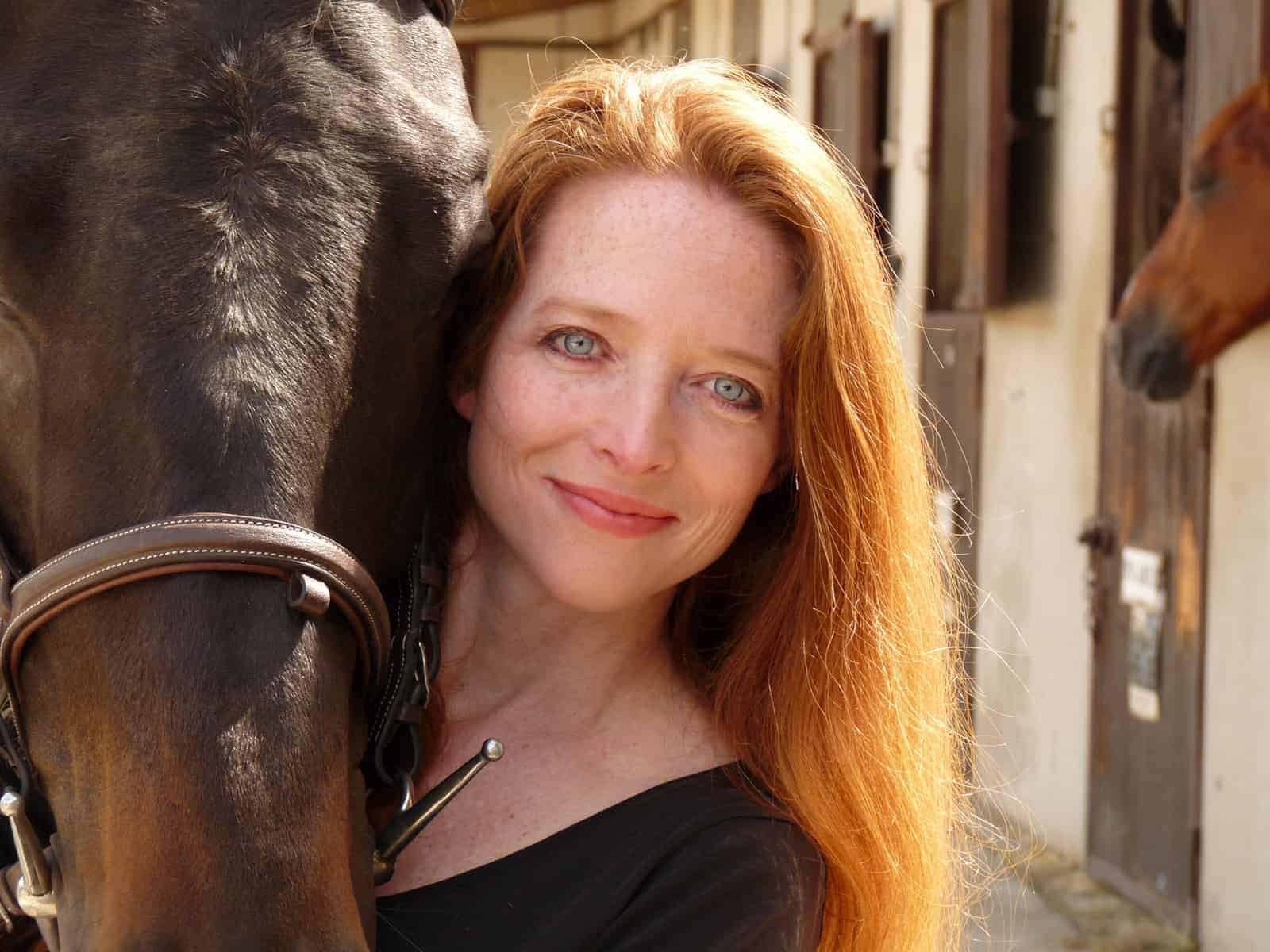Scientists Study Body Lean in Sound Horses
How a horse leans into a circle can depend on his age and experience—we’ve all seen the young, green horse look like he’s about to tip over as he makes the turn while the more experienced schoolmaster balances his body beautifully. But researchers have found another factor that could determine how much a horse leans on a circle: his soundness. Recent study results suggest some horses compensate for lameness by changing the angle of leaning in one direction of a circle.
This discovery complements other recent studies highlighting the ways lame horses sometimes show very subtle signs of their pain—far less obvious than the classic head-bobbing limp, said Sue Dyson, MA, Vet MB, PhD, DEO, FRCVS, head of clinical orthopaedics at the Animal Health Trust (AHT) Centre for Equine Studies, in Newmarket, United Kingdom.
“I spend hours watching horses under all circumstances, and for a very long time I’ve been aware that there are many different ways in which horses adapt to pain and lameness,” she said. “I was pretty sure that non-lame horses moved symmetrically to left and right, but that some lame horses do not.”
In her latest study on equine movement, Dyson and Line Greve, DVM, MRCVS, a PhD student at the AHT, investigated 13 sound dressage horses working under saddle or on the longe. The horses’ regular professional riders worked them in straight lines and in 35-foot (12-meter) circles at different speeds of trot and canter
Create a free account with TheHorse.com to view this content.
TheHorse.com is home to thousands of free articles about horse health care. In order to access some of our exclusive free content, you must be signed into TheHorse.com.
Start your free account today!
Already have an account?
and continue reading.

Written by:
Christa Lesté-Lasserre, MA
Related Articles
Stay on top of the most recent Horse Health news with















